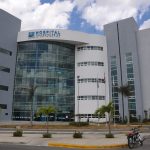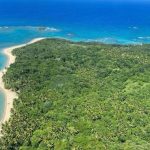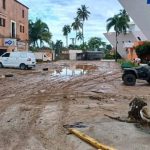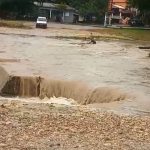North Coast fossils mirror mass extinction from asteroid crash

PUERTO PLATA, Dominican Republic.- Geology maps of Dominican Republic’s north coast are revealing some areas just 35 million years old, as evidence by recent findings of fossils of creatures which went extinct during the cretaceous period beckon further study.
A black line of molten glass ferules, shocked quartz, rare earth metals such as iridium and many other signs are now confirming that the region has a k-t line or k-pg line marking the end of the cretaceous period, when a huge asteroid whose collision created the Chicxulub crater in Mexico 65.5 million years ago, killing nearly all living creatures in all the continents; first by the ultra high temperatures that set all forest ablaze, followed by a monstrous tsunami which changed all habitats.
The accepted theory says it killed the dinosaurs and was the final push which sent much of the period’s marine life into extinction.
The findings suggest that Sosua existed during that period and millions of years before, as the historical period underneath it dates back to at least the early cretaceous (100 million years).
But further study will tell us more in time.
All fossils relevant to this extraordinary mass extinction and upheaval, also called the k-t event, will be found in an educational setting in Sosua, probably Casa Linda’s new restaurant.

















